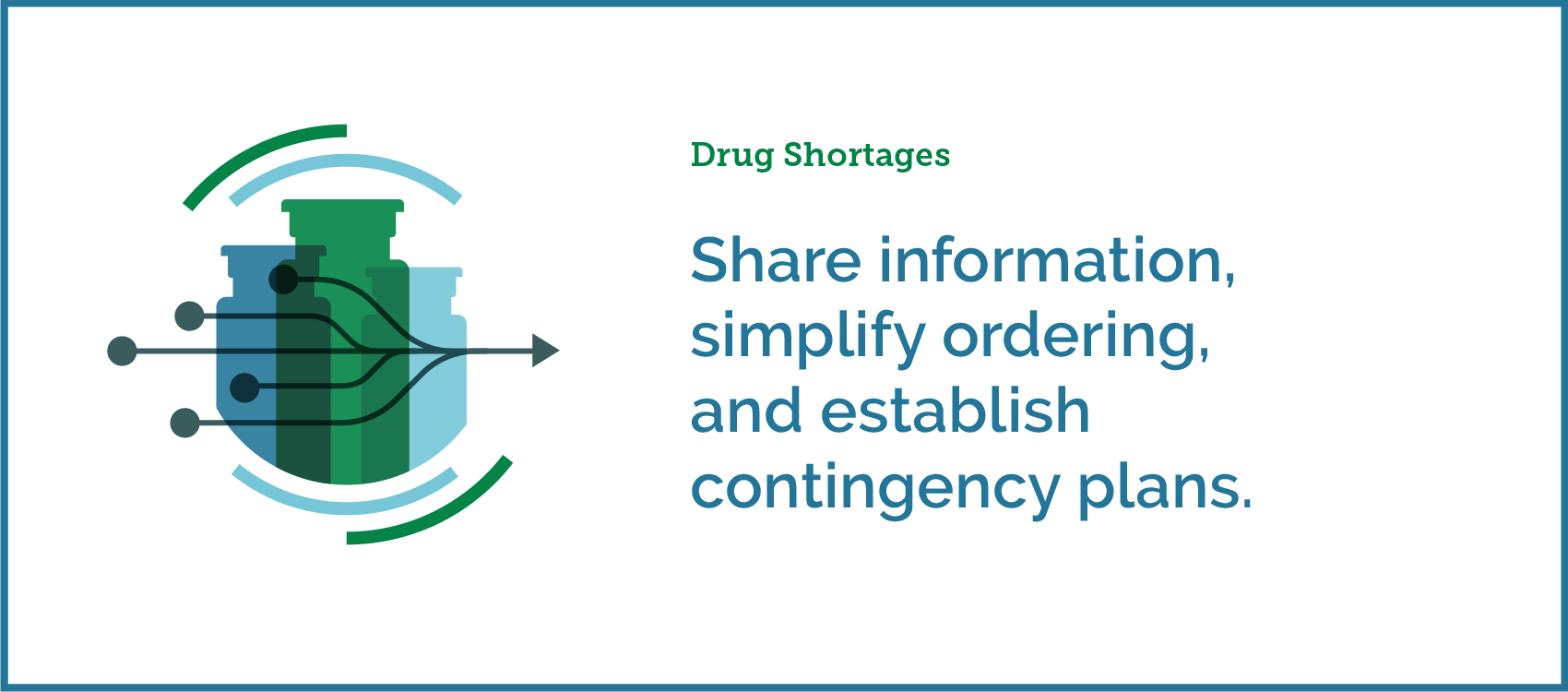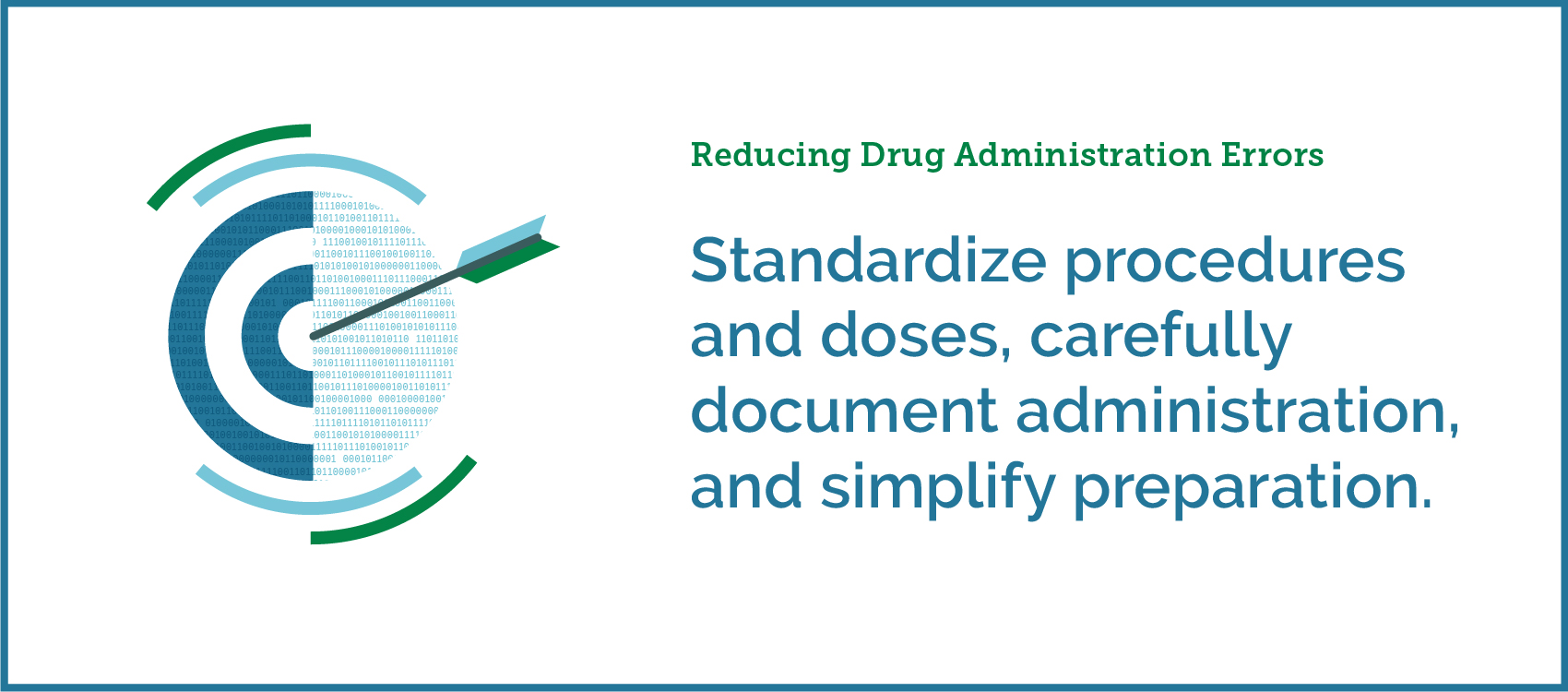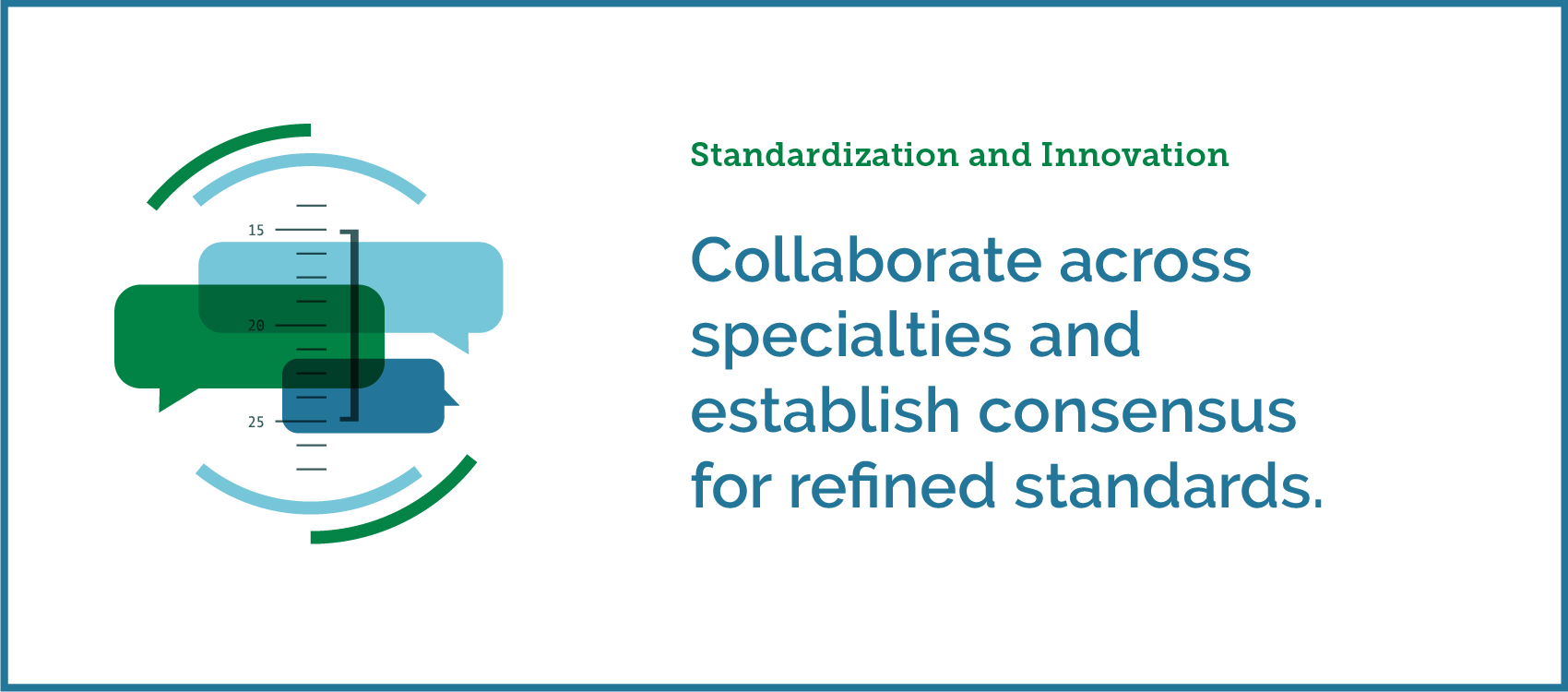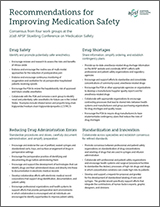SUMMARY: The APSF 2018 Stoelting Conference on Medication Safety brought 150 attendees and 22 presenters together from different backgrounds and disciplines in order to discuss opportunities to reduce patient harm from perioperative medication use.
APSF Stoelting Conference 2018 Recap

Over two days, anesthesiologists, CRNAs, CAAs, pharmacists, nursing, critical care and pain management providers, academics, researchers, industry partners and foundation leaders broke out into work groups to examine the issues facing the industry and to recommend strategies for addressing these issues. The following list of recommendations are the result of the consensus work groups.

Drug Safety
Identify and promote safe anesthesia.

Drug Shortages
Share information, simplify ordering, and establish contingency plans.
- Provide up-to-date anesthesia-related drug shortage information on the APSF website and coordinate APSF’s efforts with professional and patient safety organizations and regulatory agencies.
- Encourage and support efforts to standardize and consolidate concentrations of commonly-used, anesthesia-related drugs
- Encourage the FDA or other appropriate agencies or organizations to develop a manufacturer/supplier quality report card for anesthesia-related drugs
- Collaborate with appropriate organizations to encourage contracting processes that lead to shared risks between health systems and manufacturers and group purchasing organizations for drug shortages and quality issues
- Encourage the FDA to require drug manufacturers to have implementable contingency plans that reduce the risks of drug shortages

Reducing Drug Administration Errors
Standardize procedures and doses, carefully document administration, and simplify preparation.
- Encourage and endorse the use of prefilled, sealed syringes and standardized carts, trays, and surface arrangement of drugs in perioperative settings
- Encourage the perioperative practice of identifying and documenting drugs before administering them
- Encourage and support the development of technologies that can identify drugs and their administered doses and directly link these to documentation in electronic medical records
- Develop collaborative efforts with electronic medical record corporations that support drug identification, documentation, and patient safety
- Encourage professional organizations and health systems to support efforts that provide perioperative work environments in which collaboration is encouraged and all individuals are encouraged to identify opportunities to improve patient safety

Standardization and Innovation
Collaborate across specialties and establish consensus for refined standards.
- Promote consensus between professional and patient safety organizations on standardization of drug concentrations and labelling of drugs that are used in syringes and infusion administration
- Collaborate with professional and patient safety organizations and encourage health systems and surgical/procedural facilities to standardize the delivery processes of high risk drugs and drugs in which concentration variations can create high risks to patients
- Develop and support a request-for-proposal and grant(s) for the development of standardized labeling of vials and syringes. The grant(s) would specifically support efforts that integrate the contributions of human factors experts, graphic designers, and clinicians.

Download a printable PDF of
these recommendations.
A special thank you to our Stoelting Conference Supporters:
For more information about the benefits of sponsoring the APSF Stoelting Conference, please contact Sara Moser at moser@apsf.org.
